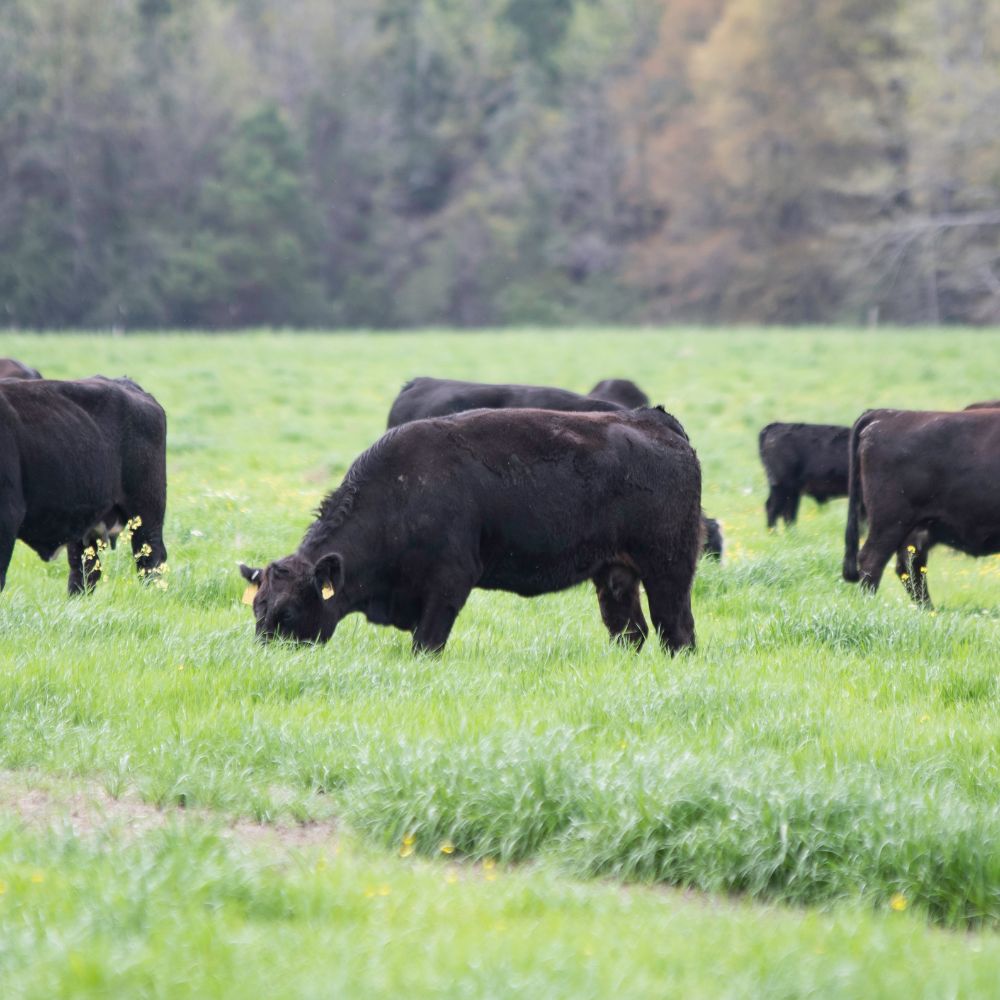Proactive Security: Bagley Risk Management Strategies
Proactive Security: Bagley Risk Management Strategies
Blog Article
Trick Factors to Consider When Picking Animals Danger Security (LRP) Insurance Policy
When reviewing options for Animals Danger Defense (LRP) insurance, numerous essential factors call for careful factor to consider to ensure efficient risk monitoring in the farming market. Picking the ideal protection alternatives customized to your particular animals operation is extremely important, as is recognizing just how exceptional costs correlate with the degree of defense offered.
Insurance Coverage Options
When considering Animals Danger Defense (LRP) insurance coverage, it is necessary to understand the different insurance coverage options available to minimize risks in the agricultural sector. Livestock Threat Security (LRP) insurance coverage uses different coverage choices tailored to satisfy the varied needs of animals manufacturers.
One more crucial protection option is the recommendation period, which identifies the length of time the coverage holds. Producers can select the endorsement period that finest matches their production cycle and market problems. In addition, protection degrees and prices vary based upon the kind of livestock being guaranteed, providing manufacturers the versatility to customize their insurance policy intends according to their particular requirements.
Recognizing the various insurance coverage alternatives readily available under Livestock Danger Defense (LRP) insurance coverage is essential for producers to make informed decisions that effectively shield their livestock operations from market unpredictabilities.
Premium Expenses

Animals Risk Defense (LRP) insurance policy supplies important coverage options customized to alleviate threats in the farming field, with a substantial facet to take into consideration being the computation and framework of premium prices. These consist of the type and number of livestock being guaranteed, the coverage degree selected, the current market prices, historic price information, and the size of the protection duration.
Premium costs for LRP insurance are commonly determined based upon actuarial information and take the chance of analysis designs. Insurance providers assess historic information on animals prices and manufacturing prices to establish an appropriate costs that reflects the level of risk entailed. It is important for livestock manufacturers to meticulously evaluate premium expenses and insurance coverage alternatives to ensure they are appropriately shielded against prospective financial losses as a result of negative market problems or unanticipated occasions. By recognizing exactly how premium expenses are calculated and structured, producers can make enlightened decisions when selecting the best LRP insurance policy for their operation.
Eligible Animals
The determination of qualified animals for Animals Threat Defense (LRP) insurance policy protection entails careful consideration of particular standards and characteristics. Animals kinds that are usually eligible for LRP insurance include feeder cattle, fed swine, lambs, and livestock.
Feeder cattle, as an example, are typically eligible for LRP this article insurance coverage if they drop other within specified weight arrays. Fed livestock might also be eligible, but they should satisfy particular weight and top quality grade requirements. Swine eligible for coverage normally include market weight pets meant for massacre. Lambs are another group of animals that can be taken into consideration for LRP insurance, with elements such as weight and age playing a critical function in establishing their qualification.
Before choosing LRP insurance policy for animals, producers need to carefully examine the qualification criteria outlined by the insurance policy copyright to guarantee their pets meet the required demands for coverage.
Policy Adaptability
Plan flexibility in Livestock Risk Protection (LRP) insurance policy enables producers to tailor coverage to match their specific demands and take the chance of management methods. This versatility empowers livestock producers to tailor their insurance policy policies based on variables such as the type of livestock they own, market conditions, and private danger resistance degrees. By providing adjustable options, LRP insurance policy enables producers to efficiently manage their danger direct exposure while safeguarding their livestock procedures versus unpredicted market volatility.
Insurance Claims Refine
Upon experiencing a loss or damage, producers can start the cases process for their Livestock Threat Defense (LRP) insurance by immediately calling their insurance coverage supplier. It is crucial for manufacturers to report the loss asap to quicken the insurance claims procedure. When reaching out to the insurance policy supplier, manufacturers will certainly require to provide comprehensive information regarding the incident, consisting of the date, nature of the loss, and any appropriate paperwork such as vet records or market value.

After the evaluation is total, the insurance service provider will certainly make a choice regarding the claim and interact the result to the manufacturer. If the insurance claim is accepted, the manufacturer will certainly obtain payment according to the terms of their Animals Risk Security (LRP) insurance plan. Bagley Risk Management. It is essential for manufacturers to be familiar with the insurance claims procedure to ensure a see this smooth experience in case of a loss

Verdict
Finally, when picking Livestock Threat Security (LRP) insurance, it is essential to consider insurance coverage alternatives, premium expenses, eligible animals, policy versatility, and the claims process. These crucial variables will certainly assist make sure that farmers and herdsmans are properly protected versus possible threats and losses related to their animals operations. Making an educated choice based on these factors to consider can eventually lead to far better monetary security and assurance for livestock producers.
Animals Danger Security (LRP) insurance supplies various protection choices customized to fulfill the varied demands of animals manufacturers.The determination of qualified livestock for Livestock Risk Protection (LRP) insurance coverage entails mindful consideration of particular standards and attributes.Policy versatility in Animals Danger Security (LRP) insurance policy permits producers to customize protection to suit their particular demands and risk management approaches.Upon experiencing a loss or damages, manufacturers can start the insurance claims procedure for their Livestock Danger Defense (LRP) insurance policy by without delay contacting their insurance policy supplier.In conclusion, when choosing Livestock Threat Security (LRP) insurance, it is vital to think about protection options, premium prices, qualified animals, plan flexibility, and the claims procedure.
Report this page